Physical Address
304 North Cardinal St.
Dorchester Center, MA 02124
A neoplasm of the adenohypophysis
Most common tumor of the pituitary gland
10% to 15% of all intracranial tumors
Annual incidence: 0.2 to 2.8 cases per 100,000
About 20% to 30% of pituitary adenomas are nonfunctioning (nonsecretory)
Hormone-secreting adenomas: prolactin (PRL) 25%, growth hormone (GH) 20%, and adrenocorticotropic hormone (ACTH) 10%, gonadotropins (follicle-stimulating hormone/luteinizing hormone; FSH/LH) 10% to 15%, thyroid-stimulating hormone (TSH) 1% to 3%
Most are sporadic
About 3% are associated with multiple endocrine neoplasia type I (11q13 mutation): pituitary, pancreas, and parathyroid gland tumors
Typically slow growing
General symptoms: headache, facial pain, numbness, lack of energy, weight loss, nausea, vomiting
Symptoms resulting from mass effect:
Bitemporal hemianopia resulting from compression of the optic chiasm
Lateral expansion can also compress the abducens nerve, causing lateral rectus palsy
“Stalk effect” = elevation in prolactin, without an actual prolactinoma
“Pituitary apoplexy” most often caused by hemorrhagic necrosis of a pituitary adenoma resulting in sudden severe headache and visual loss; potentially fatal with adrenal failure caused by ACTH deficiency
Sheehan syndrome: Pituitary gland apoplexy (not related to adenoma) in which postpartum hemorrhage causes infarction of the pituitary gland, leading to hypopituitarism
Symptoms caused by specific hormone production:
PRL: amenorrhea, irregular periods, galactorrhea, infertility or hypogonadism, loss of libido, and impotence in men
GH: gigantism in children; acromegaly in adults
ACTH: Cushing disease (increased fat deposition, striae, bruising, diabetes, fatigue)
TSH: thyrotoxicosis (heat intolerance, sweating, tachycardia, fine tremor, weight loss)
Gonadotrophins—LH or FSH: amenorrhea or impotence in males
Occasional “bihormonal” adenomas: GH and prolactin most common
“Invasive adenoma”: may grow into base of brain, cavernous sinus, sphenoid sinus
Potentially aggressive variants:
Crooke's cell adenoma usually present as functional macroadenomas with increased risk of invasion, recurrence
Sparsely granular GH-producing adenoma with fibrous bodies: may show rapid growth, invasion and resistance to somatostatin therapy
Pituitary carcinoma:
Rare aggressive tumor defined by metastasis
Surgical: transsphenoidal resection (endoscopic transnasal approach)
Medical: prolactinomas treated with bromocriptine or cabergoline (dopamine receptor agonists); growth hormone–producing tumors treated with somatostatin analogues (such as octreotide)
Radiation therapy reserved for residual, recurrent, or invasive tumors
Pituitary apoplexy: emergent surgical decompression, glucocorticoids, close monitoring
Circumscribed, variably enhancing lesions
Macroadenomas expand the sella
Some adenomas may be less contrast enhancing than the adjacent pituitary gland
Circumscribed, nonencapsulated, tan-brown tumor
Macroadenoma >1 cm
Microadenoma <1 cm
Loss of normal lobular architecture of adenohypophysis
Adenomas form sheets and cords of monomorphic cells
Random nuclear pleomorphism or binucleation often present
Well-defined cell borders and eosinophilic granular cytoplasm
Discohesive monomorphic cells on touch preparation
May show marked variation in architecture and mimic other tumor types such as ependymoma, oligodendroglioma, and metastatic epithelial tumors
Basophilic granules in ACTH-producing types
Crooke's cell adenoma: perinuclear accumulation of cytokeratin that displaces ACTH-containing granules
Eosinophilic cytoplasmic granules in GH producing types
Sparsely granular GH-producing adenomas with fibrous bodies have spherical inclusion-like cytoplasmic accumulations of cytokeratins (CAM5.2)
Focal atypia (pleomorphism) does not equate with malignancy:
No well-defined histopathologic criteria for invasive types or carcinoma
Loss of normal lobular adenohypophyseal architecture well demonstrated by reticulin stain
Chromogranin, cytokeratin (especially CAM5.2), epithelial membrane antigen (EMA) immunoreactive
Nonsecreting tumors usually negative for all adenohypophyseal hormones
Secreting tumors diffusely reactive for one of the adenohypophyseal peptide hormones: prolactin (distinct perinuclear granular reactivity), GH, ACTH, FSH, LH, or TSH
Further subclassification of pituitary adenomas by electron microscopy: acidophilic stem cell type, null cell adenoma, oncocytic variant
Pituicytoma
Spindle cell oncocytoma
Craniopharyngioma
Granular cell tumor
Sellar meningioma or schwannoma
Rathke cleft cyst
Germ cell tumors
Metastasis
Hypothalamic gliomas, hamartomas
Carotid-cavernous fistula, aneurysm
Lymphocytic or granulomatous hypophysitis
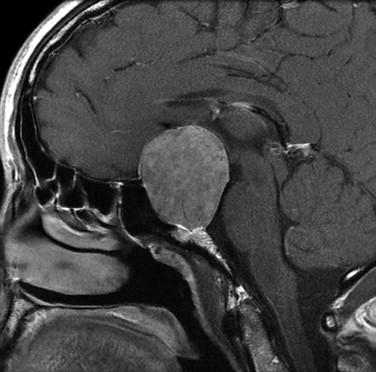
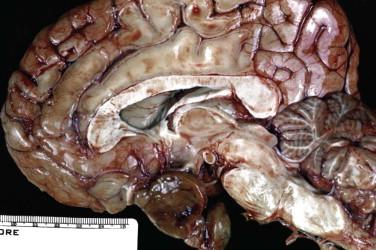
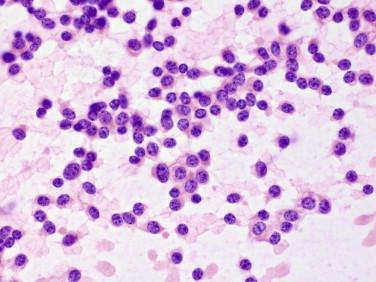
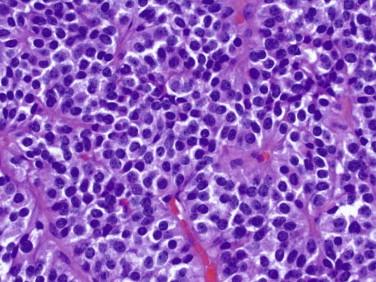
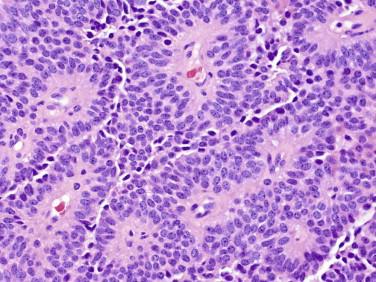
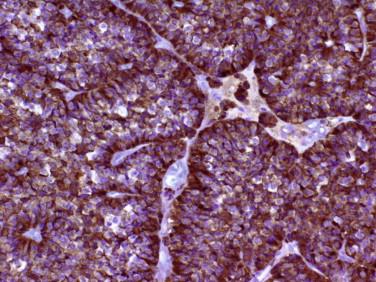
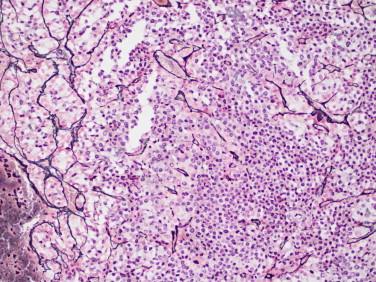
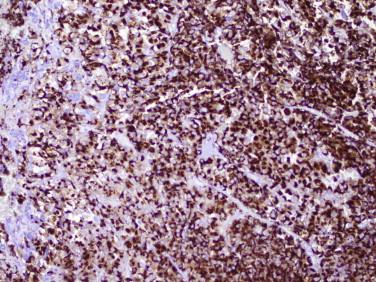
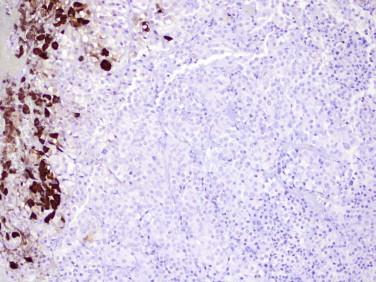
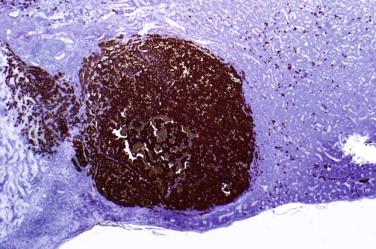
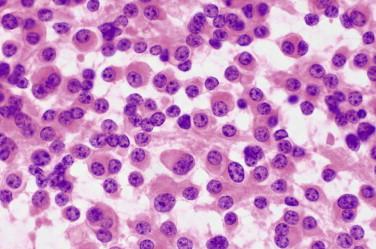

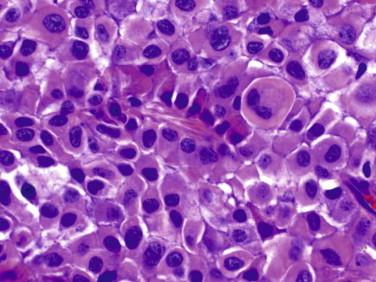
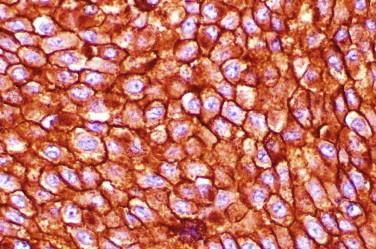
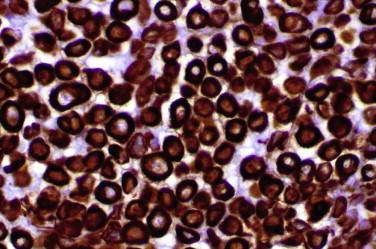
Rare low-grade spindle cell tumor of sella and suprasellar region
Possibly derived from neurohypophyseal pituicytes—specialized, supportive glial cells of the infundibular stalk and neurohypophysis
Rare, <50 cases
Arise in adults: age range is 30 to 83 years
More common in men
Sellar or suprasellar, arising from infundibulum or posterior pituitary gland
Visual symptoms, headaches, or hypopituitarism
Total resection; may recur if incompletely excised
Solid, discrete, contrast-enhancing sellar or suprasellar mass
Become a Clinical Tree membership for Full access and enjoy Unlimited articles
If you are a member. Log in here